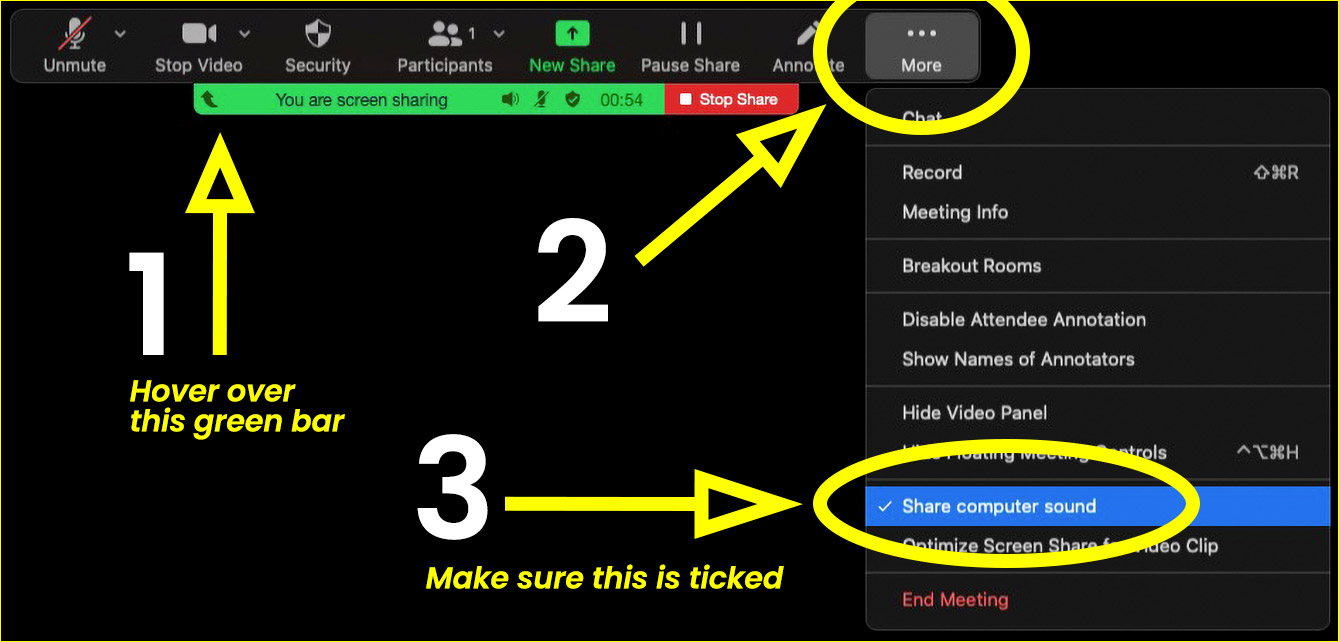Ensuring that your investment in team building pays off is always an important consideration. Sometimes it is hard to measure the outcomes of this investment, but using personality profiling is a powerful way to highlight specific lessons and strategies that can be implemented in the workplace.
Personality profiling is something we use internally with great success. It has improved understanding around how we all work, our communication styles, how we respond to stress and what natural strengths we bring to the workplace. The effect of this has been streamlining communication flows, giving the right people the right tasks and reapproaching tasks or behaviours that induce higher amounts of stress.
This has been so effective for us that we now offer a personality profiling exercise as a book end to our immersive and interactive team building activities. Every time we have used this tool with teams the feedback has been outstanding. We know that research suggests that this is an effective way to enhance team dynamics, and our own experience supports this.
What is personality profiling?
Personality Profiling involves the use of tools to understand differences in underlying personality preferences. There are different tools that measure elements of personality including behavioural preferences, stress responses, how you behave when you are thriving as well as work and communication styles. This means looking beyond the skills of individuals to explore the dynamics that influence our behaviour within the workplace.
As mentioned, there are a vast array of tools that a workplace can use. Some of our favourites are:
- DISC
- Myers-Briggs
- Strengths Finder
- Instinctive Drives
- Enneagram
We currently use a version of DISC profiling as part of our team building offerings. We also have specialised facilitators who can deliver Strength Finder and Instinctive Drives training.
Framing personality profiling well
It is really important to frame the use of a tool effectively to provide the right context and understanding around its purpose and limitations. Framing the tool in the positive by looking for complimenting personalities, strengths of individuals and shared values immediately has an effect on the discussion for the better.
Using personality profiling in the context of our immersive and interactive simulations has proven itself to be an effective way of creating both the framework AND the stimulus to unpack the interpersonal dynamics at play within any team. The next step is linking it back to the workplace to identify strategies to improve dynamics.
Using personality profiling to recruit
There is an increasing trend to use profiling tools to help recruit staff (Thomas Chamorro-Premuzic and David Winsborough, HBR, 2015). Understanding the dynamics already at play within your workplace and then recruiting complimentary behavioural preferences makes for a diverse yet cohesive team.
Managers and business owners also use profiling tools to measure the connection between a potential recruit and the natural skills or strengths required to fill a role effectively.
In any case, personality profiling, when framed and delivered correctly, is a useful tool to put in the kit to effectively build a team, recruit well and understand yourself. We encourage you to explore this! If you need any help in getting started, don’t hesitate to reach out to us.

